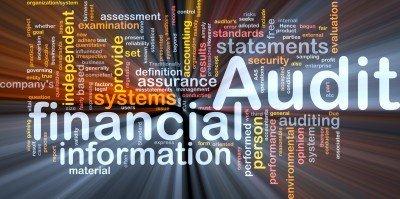Some have suggested that the FASB’s new revenue recognition standard will result in particularized representations in M&A, underwriting and loan documents. It’s easy to argue it’s not necessary and is covered by the standard representation such as “The Financial Statements have been prepared in accordance with GAAP applied on a consistent basis throughout the period involved … and fairly present in all material respects the financial condition of the Company as of the respective dates they were prepared and the results of the operations of the Company for the periods indicated.”
But financial statements are often the subject of multiple representations for accounts receivable, inventory and the like. So it’s entirely possible specific representations regarding the new standard will be required.
For public companies, any such specific representations will likely begin to appear later in 2017 and the first quarter of 2018 before a Company actually issues any financial statements reflecting the new revenue recognition standard. The representations for public companies could take the following form, although perhaps with more qualifiers if the issuance of financial statements is not imminent and work to adopt the standard is ongoing:
The Company has developed disclosure controls and procedures required by Rule 13a-15 or 15d-15 under the Exchange Act which the Company anticipates will be effective to ensure that information required to be disclosed by the Company pursuant to Topic 606 and Subtopic 340-40 of the FASB Accounting Standards Codification (the “Revenue Recognition Standard”) is recorded and reported on a timely basis to the individuals responsible for the preparation of the Company’s filings with the SEC and other public disclosure documents. The Company has developed internal controls over financial reporting (as defined in Rule 13a-15 or 15d-15, as applicable, under the Exchange Act) which the Company anticipates are sufficiently designed to provide reasonable assurance regarding the reliability of financial reporting and the preparation of financial statements for external purposes in accordance with the Revenue Recognition Standard. The Company’s disclosure of the impact of the adoption of the Revenue Recognition Standard set forth in [describe SEC filing] is true and correct in all material respects and is in accordance with Staff Accounting Bulletin No. 74 promulgated by the SEC.
Once financial statements have been issued which reflect the adoption of the new standard, the representations could take the following form:
The Financial Statements [describe financial statements] have been prepared reflecting the adoption of Topic 606 and Subtopic 340-40 of the FASB Accounting Standards Codification (the “Revenue Recognition Standard”). The Company elected to utilize the [modified retrospective] method of transition beginning [January 1, 2018]. Footnote [insert reference] to the Financial Statements accurately states in all material respects (i) the amount by which each Financial Statement line item is affected [describe reporting period] by the application of the Revenue Recognition Standard as compared to GAAP that was in effect before the change and (ii) the reasons for each significant change identified. Footnote [insert reference] to the Financial Statements accurately states in all material respects the judgments, and changes in judgments, made in applying the Revenue Recognition Standard that significantly affect the determination of the amount and timing of revenue from contracts with customers.
The Company has implemented disclosure controls and procedures required by Rule 13a-15 or 15d-15 under the Exchange Act which are effective to ensure that information required to be disclosed by the Company pursuant to the Revenue Recognition Standard is recorded and reported on a timely basis to the individuals responsible for the preparation of the Company’s filings with the SEC and other public disclosure documents. The Company has implemented internal controls over financial reporting (as defined in Rule 13a-15 or 15d-15, as applicable, under the Exchange Act) which are designed to provide reasonable assurance regarding the reliability of financial reporting and the preparation of financial statements for external purposes in accordance with the Revenue Recognition Standard.
